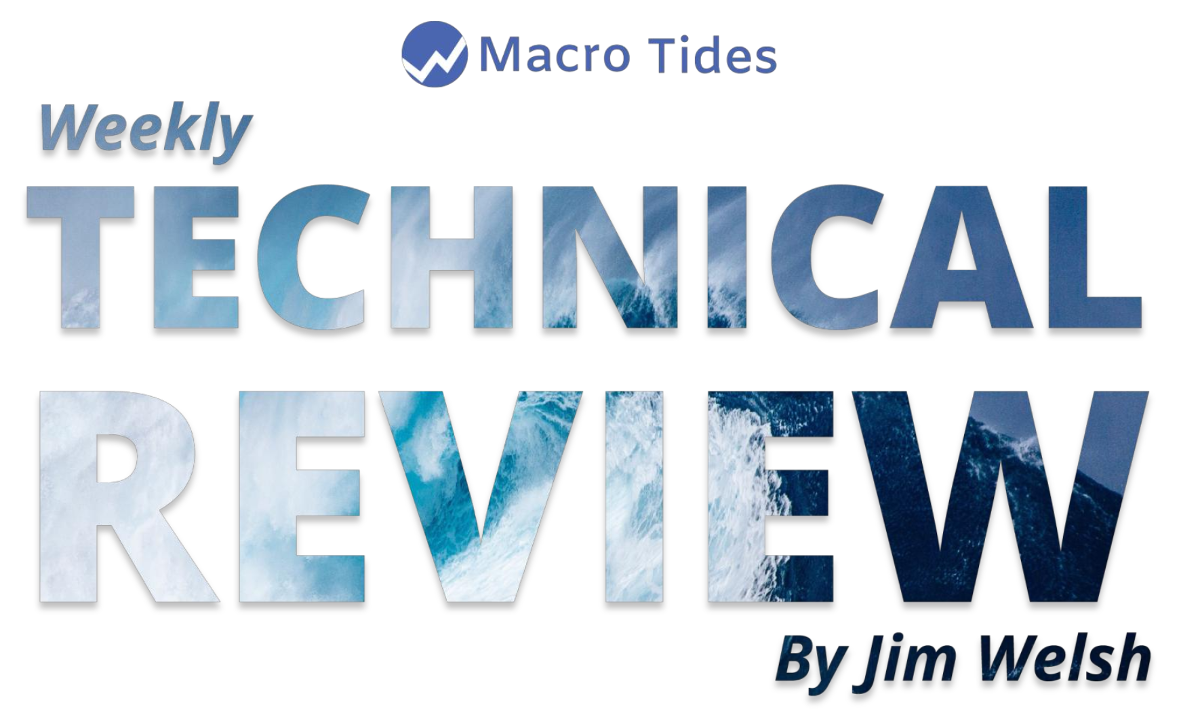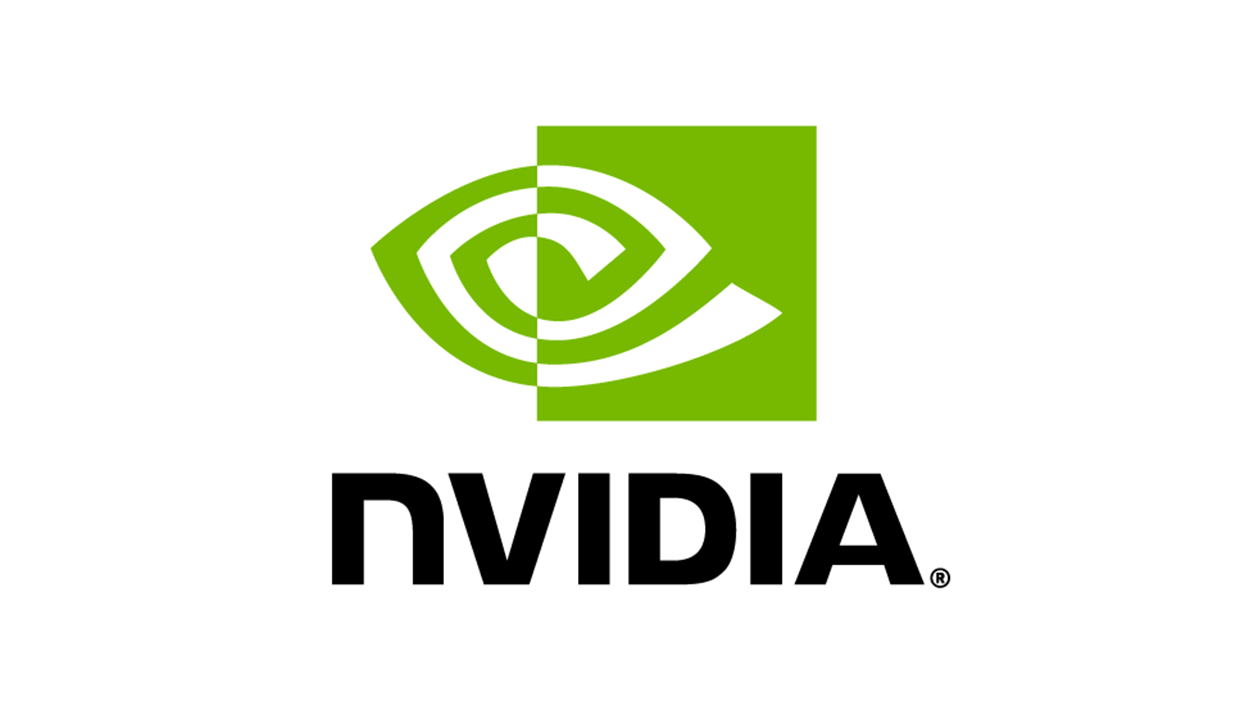It’s All About Inflation in the Week Ahead

Sterling performed well last week, ending slightly better against both the dollar and the euro. It was encouraged higher in quiet trading by comments from the Governor of the Bank of England, Andrew Bailey. He told a Treasury Select Committee on Wednesday that the vote was split evenly at the August meeting of the BoE’s Monetary Policy Committee on whether the minimum conditions for a rise in interest rates had been met. Following these comments, Deputy Governors Ben Broadbent and Dave Ramsden stated publicly that they now thought the minimum conditions for a rate hike had been met. These comments were indeed more hawkish than any by the European Central Bank. However, the ECB did announce a token reduction in their future asset purchases. In doing so, they appeased the more hawkish members and delayed any decisive decisions on tapering to the end of the year.
With officials from the Federal Reserve readopting a hawkish stance, the euro should continue to be on the back foot in the coming week during a relatively quiet period of macroeconomic data releases in the Eurozone. Another factor affecting the euro is that the German election is in less than two weeks. Financial markets dislike any uncertainty, and until there is clarity on who will lead Germany and be the defacto leader of Europe, the single currency will find it hard to make headway. The UK and the US are awash with data this week, starting this afternoon with the latest inflation figures from the US. Later in the week, the same data for the UK and the latest employment figures are released. These releases should make for an interesting few days as traders adjust their positions in anticipation of next week when there are no less than five central bank meetings.
UK
As mentioned previously, the Bank of England is starting to appear more hawkish, making for a more interesting Monetary Policy Committee meeting on 23rd September than we have been accustomed to of late. This week will see the release of crucial data, and it will set the scene nicely for that meeting. First up, we have August’s Employment data which will show the effects of the slowing of the furlough scheme. The following day, the Consumer Price Index is released, highlighting whether inflation is indeed transitory or becoming embedded more deeply in the economy. Finally, Retail sales for August are released, which may disappoint as consumers seem reluctant to get back shopping. Finally, as always, we will be watching the UK and Europe’s relations, particularly with France, concerning immigration.
EUR
As mentioned earlier, the European Central Bank announced that it would reduce the pace of its asset purchases for the next three months but craftily without stating specific amounts. The market received this announcement with equanimity, and the euro ended the week slightly lower than it had started. With Christine Lagarde repeating the message on Friday that the central bank is “determined to provide accommodation for favourable financing conditions.” the doves seem, at least for the time being, to have the upper hand. The German election is looming, and the outcome is far from clear. As we mentioned earlier, markets dislike uncertainty. Thus, the euro could face a prolonged period of concern if the last elections are anything to go by, as it took nearly six months to form a coalition. The only noteworthy data releases in the week ahead are July’s Industrial Production on Wednesday and August’s Consumer Price Index on Friday.
USD
Trader’s appetite for risk, having recovered during the week, started to worsen last Friday as stock markets began to wobble in what is always a nervous month. Whether this was a case of sentiment being affected by the twentieth anniversary of 9/11 or something more deeply rooted will become apparent over the coming days. As the Federal Reserve’s next meeting is on 22nd September, their members are in a blackout. Consequently, there are no Fed speakers, and the market can focus entirely on the data released. This afternoon’s Consumer Price Index is the first release and arguably the most influential. After last month’s jump to 5.4%, economists are expecting a slight dip to 5.3%, which would give further grist to the Fed’s argument that the current rise is transitory and that the level of employment is the more critical factor in its thinking. Also released this week are August’s Industrial Production and the weekly jobless total on Thursday. These will be followed by the University of Michigan Sentiment survey of consumers on Friday.
Scandi
Last week, the Swedish krona saw some volatility with strong movements even though those were capped within a 5-10 öre range. This week we are eagerly anticipating the latest inflation figure out on Tuesday. CPI is expected to come in at 1.6%, 0.2% higher than last year.
Over in Norway, the krone was yet again the best performer against the greenback advancing by 0.43% for the week. Ahead, we are looking forward to getting the latest Trade Balance figure. It is not normally a figure the market pays much attention to but with the upcoming election, it is of greater importance as it is very often used by politicians in their campaigns.
Email: richard.matthews@gcpartners.co
https://www.gcpartners.co
20210913










